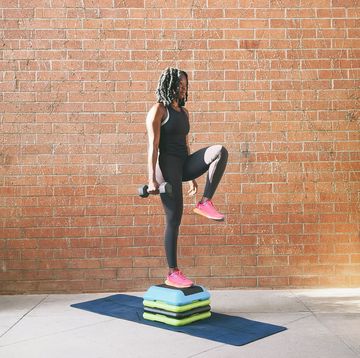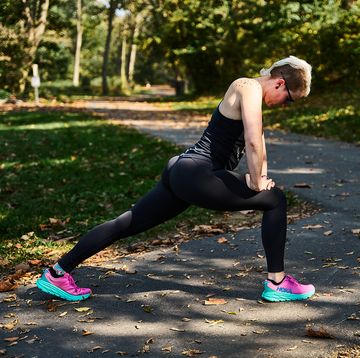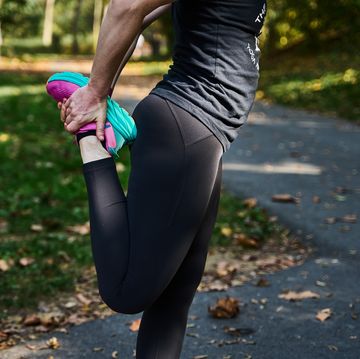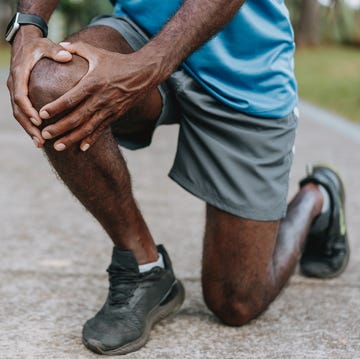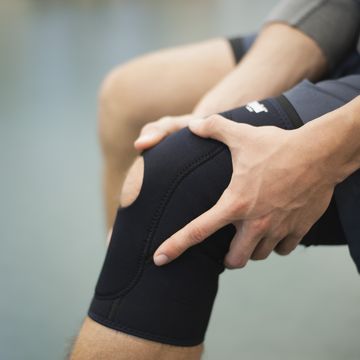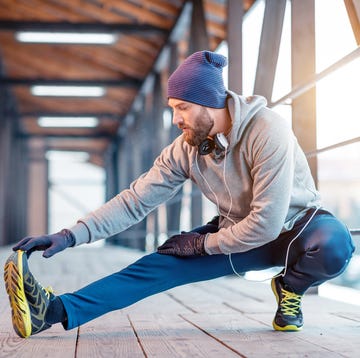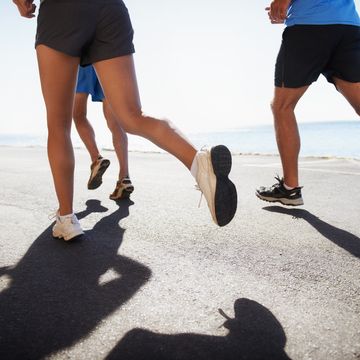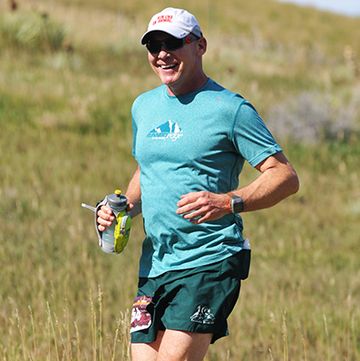I’m a 32-year-old woman that had surgery of the lateral condyle of my tibia six years ago. My tibia was crushed—the surgeon had to reconstruct my leg with plates and screws. I tried to run several times after the surgery, but my knee would hurt so badly, I couldn’t.
A year ago I picked running up again and trained for a 10K in March. Everything feels fine, though my leg is still weak and I’ll experience knee pain a few days after training. What kind of health problems could this cause later in life and what can I do to continue running pain free?
Dinora
Dinora,
The tibia is the major weight bearing bone of the lower leg so it takes the brunt of the forces transmitted up the leg with running. Fractures of the lateral condyle that require plates and screws often travel into the joint space and through the weight bearing surface of the joint where the femur and tibial touch during some or all phases of activity. When lined up well and allowed adequate time to heal, it is common to get back to most activities, but the joint surface was likely damaged and you will be at risk for early degenerative changes. Likely at a younger age than your non-injured peers.
There are also soft tissue components to many tibial condyle fractures that can include the meniscus, the collateral ligaments, the cruciate ligaments, and the soft tissues around the head of the fibula (also located on the lateral side of the knee). Injuries to these tissue components can contribute to a sensation of instability and pain below and around the knee. Sometimes the peroneal nerve is damaged in a lateral knee injury and that can result in a weak feeling in the lower leg, often manifest as a foot drop or slapping foot when you run, especially as you fatigue.
If your leg feels week, I would assume that it is and start a strengthening program focused on the core muscles and the gluts. Once you have strengthened those muscle groups, you can move down the leg to work on the quads, hamstrings, and lower leg muscles. It may be worth your time and effort to be assessed by a physical therapist who likes to work with runners and can help focus your strengthening program and assess your running mechanics. It may help your knee over the long haul to learn to “step lightly” by spending some of your running time barefoot or in minimalist shoes. If you try to make this transition, do it very slowly as you will need to re-educate several muscle groups if you are running with a heavy heel strike.
Go slow and ease into running again.
Cheers,
Bill
Have a question for the Sports Doc? Email him at sportsdoc@rodale.com. NOTE: Due to the volume of mail, we regret that Dr. Roberts cannot answer every email.



